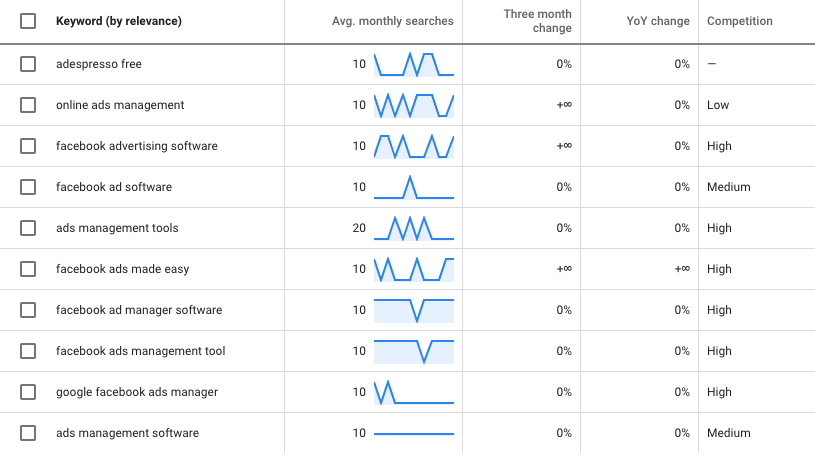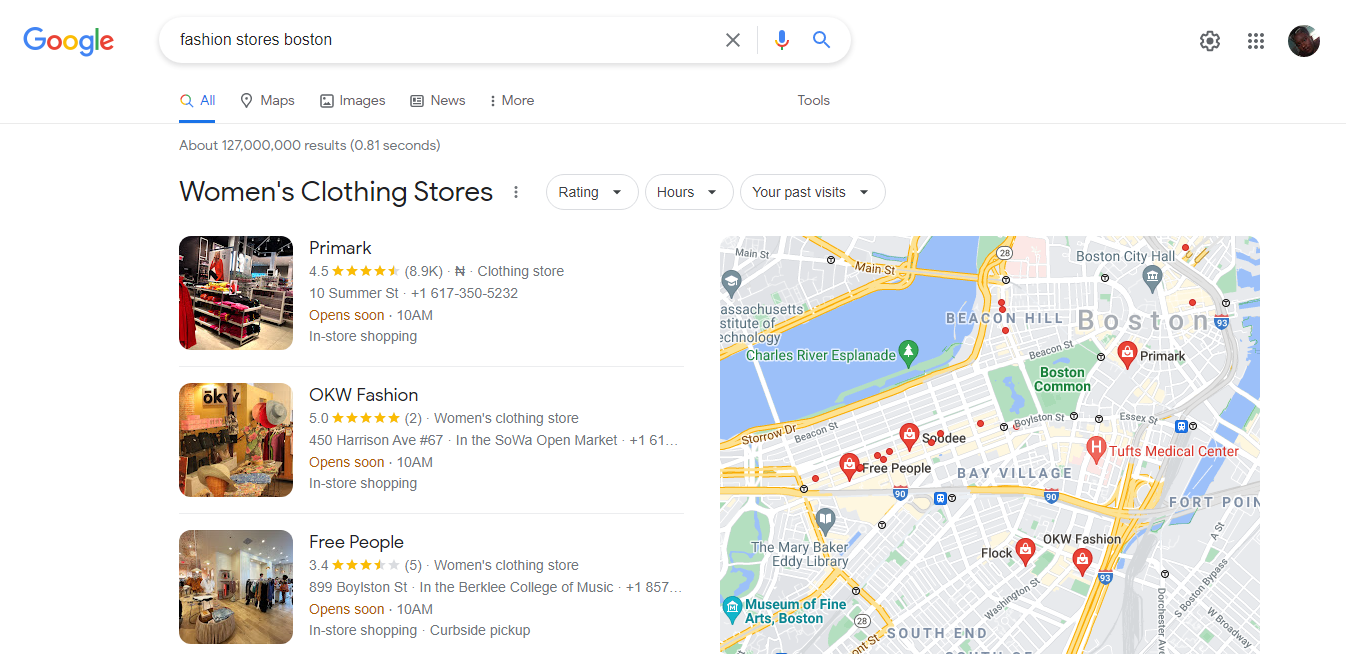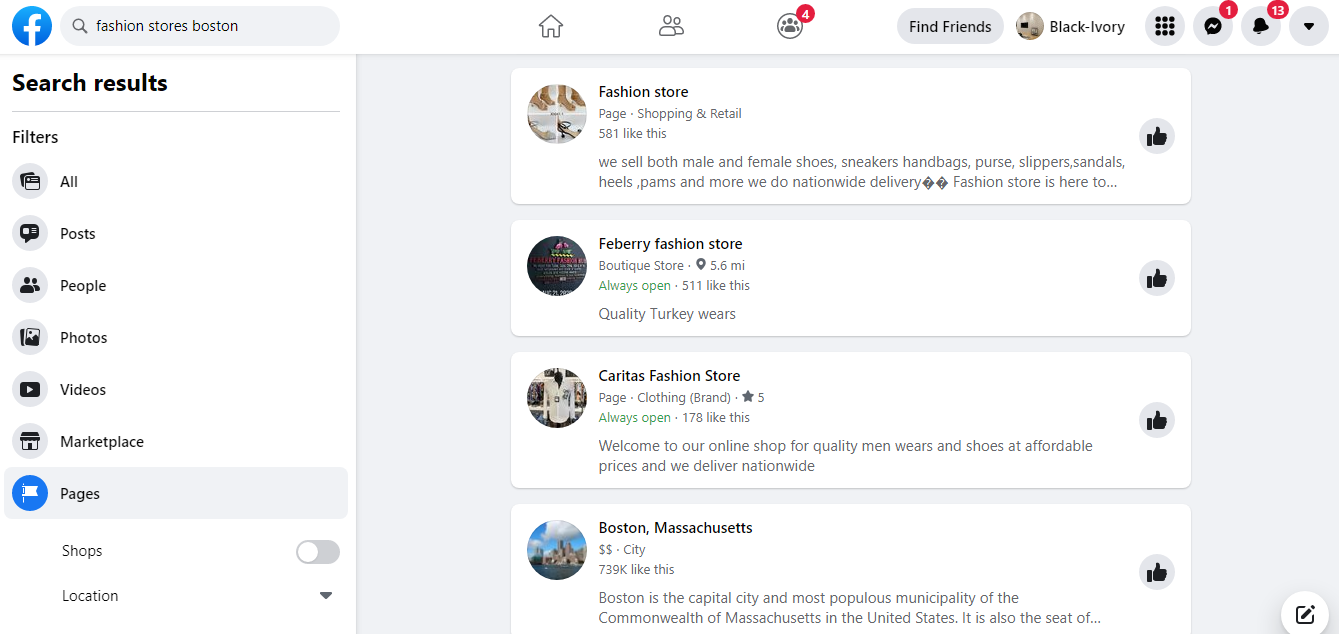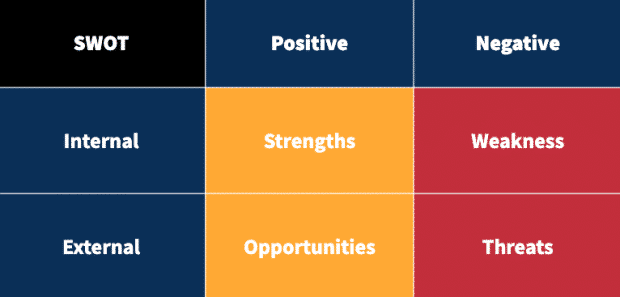How To Do A Social Media Competitive Analysis
Do you want to learn how to successfully advertise your business on social media and keep one step ahead of your competitors?
An examination of the competition on social media is the way to go!
You may determine the relative strength of your brand’s social media strategy in comparison to that of your competitors by doing a competitive analysis. In addition to this, it assists you in identifying fresh social media possibilities as well as potential dangers to your company.

In this tutorial, we will walk you through the process of doing a step-by-step study of your competitors using social media. In addition, we will provide you with the greatest resources available, as well as a free template, to assist you in getting started.
What is a social media competitive analysis?
An examination of how your competitors use social media to gain an understanding of their strong and weak points, as well as where you stand in comparison to them, is referred to as a social media competitive analysis.
You may gain useful insights about your target audience and figure out what they like and don’t like by conducting research on and analysis of the social media methods used by your rivals.
An examination of your competition on social media will also assist you in determining:
Who your rivals are on the various social media platforms.
A social media competitive analysis will also help you figure out:
- How much engagement does their content get
- How do your business’s social media marketing efforts stack up against those of your rivals
- The holes in your approach to marketing using social media
- Possible dangers that might be posed to your brand on social media
- What are some of the benefits of conducting a competitive analysis on social media?
It is hard to conduct a social media analysis of your rivals if you are unaware of who they are or which social networks they utilize. This is how you may locate them:
Step 1: Find your competitive keywords
You probably already have a general concept of the keywords you want search engines to associate with your company even before you get started with the process.
If you work in an interior design studio in Boston, for example, you will probably want to rank for keywords such as “fashion stores in Boston” and “Boston clothes stores.” If, on the other hand, you offer items at more reasonable prices than Hermés or Gucci, you should be aware that these brands are not your direct rivals.
Once you have an understanding of your priority keywords, you will be better able to identify who your true online rivals are.
Utilizing Google’s Ads Keyword Planner is an excellent way to get started when developing a list of target keywords for your company. This free tool can assess your website and provide you with a list of relevant keywords along with the average number of times those phrases are searched for and the amount of competition they face.
As an illustration, the following is a selection of the keywords that Keyword Planner discovered for AdEspresso:

If you already have an idea of the keywords you want to focus on, you can simply enter those terms into the program to obtain similar keywords. You may reduce the number of prospective rivals on your list by using these related keywords to help you do so; this will allow you to focus your attention on companies that are actually in competition with your own.
Check who’s ranking for those keywords in Google search
Utilizing Google is the simplest technique to discover who your rivals are.
Select between five and ten of the keywords that are most pertinent to your brand, and then enter those keywords into Google. Examine the search engine results pages (SERPs) to locate the companies that have achieved a high ranking for the relevant keywords.
It is important to pay special attention to companies who invest money to achieve their marketing objectives, thus firms that pay for Google Ads to appear at the top of organic search results should be the focus of your attention. You should investigate these companies’ performance on social media even if they do not currently have a high ranking on search engine results pages (SERPs).

Check through the websites of the companies whose products you think may be considered rivals. The majority of companies include links to their various social media platforms either in the website’s header or footer.

Put those links into the spreadsheet you use to track competition analysis, as you will be focusing on that aspect in the following step of the process.
Check who appears in social searches for your top keywords
Examine the people who come up in social searches using your most important keywords.
There is no guarantee that just because particular companies have a high page rank on search engines for your keywords that they will also have a high page rank on social networks for the same keywords.
In light of the fact that you are performing a social media competitor study, it is important for you to concentrate on rivals that fare well in social search results.
To identify businesses that are in direct competition with you on Facebook, for example, go to the search bar, type in your term, and then select Pages from the list of options on the left.

Find out what brands similar to yours your audience likes
- Check out the post on Hootsuite that outlines the best practices for conducting social media research to learn more about how to search across various social networks.
- Find out what other companies that are comparable to yours are popular with your audience.
- Checking the social media accounts of people who follow your audience to see whether they follow any comparable companies is another method for finding rivals. These insights may be gleaned via Facebook Audience Insights and Twitter Analytics, both of which are useful tools.
- For instance, if you’re browsing through Twitter, there’s no requirement that you check each and every one of your followers. Instead, you might research the companies that your most influential followers are affiliated with.

You probably already have a lengthy list of possible rivals at this stage, far more than you are able to investigate in any depth. Therefore, narrow down your selection to the top five businesses that provide the most intense competition for you on social media.
Step 2: Gather your data
- Once you have determined who your top five rivals are, you can begin analyzing how they use social media to promote themselves.
- Do you remember the social media connections that you obtained from the websites of the brands? After doing so, visit those accounts and make the following notations on the social media competitor analysis template you have.
- Where can you find your rivals active on social media and what platforms do they use?
- How many people now follow them, and how quickly are they gaining new followers?
- What kind of content strategy do they use? How well do they combine text, photographs, and videos into a cohesive whole?
- What is the frequency of their content sharing?
- How much engagement do their postings get?
- Which posts have received the most interaction (such as likes, shares, comments, and so on)?
- What kind of inflection do they employ in their speech? Do you prefer to keep it casual, conversational, or formal?
- What is the point of the information they provide? Is it meant to be fun and engaging, instructive and informative, promotional, or something else different?
- Do they engage in marketing based on influence? If they do, what type of partnerships do they have with the various influencers, and how much engagement do their efforts get?
- I was wondering how many hashtags they use.
- What are the most popular hashtags that they use?
Do some research on all of these topics using your own channels as well. This will be helpful for the analysis in Step 3, so keep this handy.
The manual collection of this information can be laborious and time-consuming; thus, there is no shame in turning to professional social media management solutions for some assistance (check out the ones mentioned below).
Step 3. Run a SWOT analysis
After you have collected all of the necessary data, the following step is to analyze it so you can determine how well your company performs in comparison to the businesses that are in your industry. For the purpose of this analysis, you will need to conduct a comprehensive review of your company and take careful note of the following details:
- S – Strengths
- W – Weaknesses
- O – Opportunities
- A – Opportunities
The elements that are internal to you are strengths and weaknesses. In order to determine them, you must examine your company and discover the areas in which it is successful as well as those in which it is unsuccessful.
On the other hand, opportunities and risks come from the outside world. These are examples of external forces. You need to do an in-depth analysis of your rivals so that you can pinpoint areas in which you can improve your approach and identify potential challenges you may face.
The number of times you publish in a week and the number of likes each post receives are only two of the factors that should be included in a comprehensive SWOT analysis. It is an in-depth analysis of the social media marketing plan that your company as a whole employs.

Strengths
- Your brand’s strengths are the areas in which it performs exceptionally well or better than the majority of its rivals.
- Check the following off the list to see if any of them apply to you:
- Use the voice of your brand while writing your postings.
- Ensure that your brand is easily identifiable across all of your social media.
- Make sure the visuals you use mirror the colours of your brand.
- Maintain an active community on the various social media platforms.
- Have posts that have gained widespread attention (and try to identify what made them go viral)
- Achieve a higher number of followers than your rivals, etc.
Weaknesses
After you have congratulated yourself on all of the things that you are doing right, it is time to identify the shortcomings that prevent your company from realizing its full potential via social media.
Examine the areas in which your company is falling behind the competition to determine what these areas are. These are the components of your social media strategy that you wish to enhance by conducting A/B tests and making other modifications to your approach.
Ask questions such as, “Which social sites does your target audience spend the most time on? Facebook, Twitter, Instagram, LinkedIn, or somewhere else?” and be prepared to provide answers. Are you neglecting any major platforms in your search? Or are you utilizing platforms that are not to the advantage of your company in any way?
Do you update your blog on a regular basis? Or has there been inconsistency in your timetable?
Which indicators do you think need the most work? Impressions? Engagement?
Is one or more of your rivals outperforming you on any of the social channels that you use? What is it that they are doing that is different?
While you’re asking yourself these questions, keep in mind that you might have both strong and weak points for any social site you use. For instance, the number of people that follow you on Instagram may be bigger than that of your rivals, but they may have a higher level of interaction than you do.
Because of this, it’s vital to provide as much detail as possible. The ability to differentiate between these measures can assist you in recognizing opportunities and risks that pertain to your company.
Opportunities
- Now that you are aware of the areas in which you are lacking in comparison to your rivals, it is time to begin searching for chances that you can exploit.
- These possibilities might be based on areas that you have identified as needing improvement as a result of the data that you have gathered, or they can be based on developments that have occurred in the online world (e.g. platforms introducing new types of content).
- TikTok, for example, is seeing meteoric growth, and a lot of companies and content producers are seizing the chance to incorporate the app into their social media marketing strategy.
- The following is a list of items that require your attention:
- Have any new social media platforms or features been introduced in the recent past? It’s possible that you’ll be the first one in your industry to start using them if your rivals haven’t already.
- Have you been successful in gaining popularity just through organic social media? If you haven’t already, you should consider testing out an ad campaign on social media in order to enhance your results.
- Is there a preference among your audience members for shorter videos as opposed to longer ones? Think about expanding your content offering to include watch Insta stories anonymously, Reels, or YouTube Shorts.
Threats
Threats are also considered to be external variables, much like opportunities. Examine the factors that might bring to a decline in your company’s social performance over a period of time in order to spot social dangers to your company.
The following are some potential dangers:
competitors that are very new to your market yet are making rapid headway
Alterations to social trends that might have an impact on the exposure of your company
Customers who publicly express unfavorable opinions about your brand
In some circumstances, you could become aware that certain dangers already exist. For instance, a rival who has a small number of Facebook posts but a high rate of engagement might pose a greater risk than a competitor who has a large number of Facebook posts but a low rate of interaction.
Because of this, you need to keep a close eye on the industry to identify any upcoming shifts that might give your rivals an advantage over your brand.
Step 4: Keep your analysis up to date with social media monitoring
You need to regularly update fresh information about market trends and any new competitors if you want to maintain the accuracy of your social media competitive analysis and keep it up to current. You should make this a regular feature of your reports, whether they be quarterly or annually updated.
If you take the effort to develop an efficient social media monitoring plan, you will be able to collect real-time data that can be included in future competitive analyses.
It enables you to monitor discussions that are taking place about your company as well as about your rivals, and it gives you the ability to respond to the interaction that you get on social platforms, websites, forums, review sites, and other online venues. This can make it much simpler for you to recognize possible opportunities and keep you from making mistakes.
If you find any significant information when monitoring social media, make sure to jot it down in the “Notes” column of the competition analysis template you’re using. When you undertake a review in the future, make sure to factor this knowledge into either your opportunities or dangers.
Follow techR for more!






